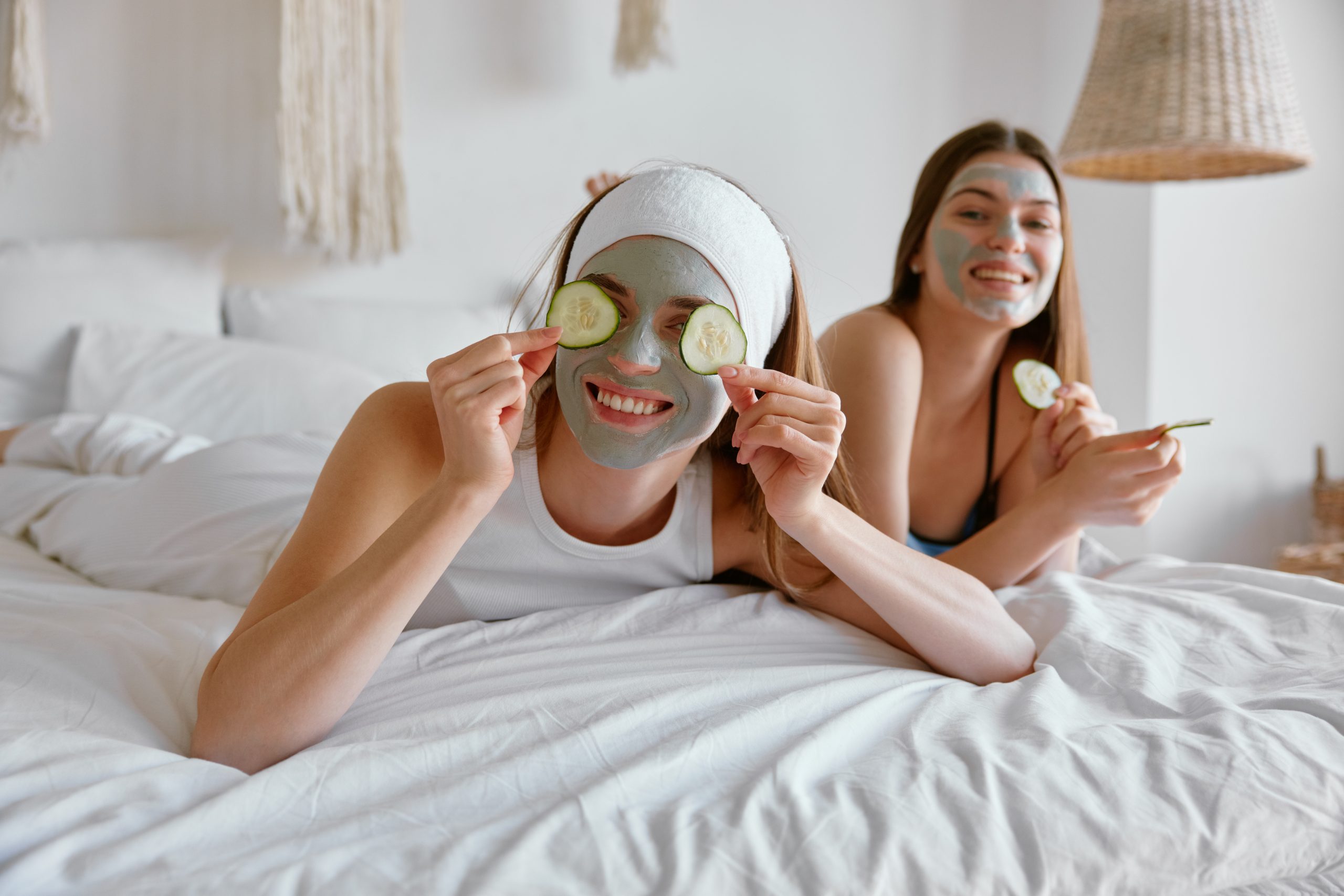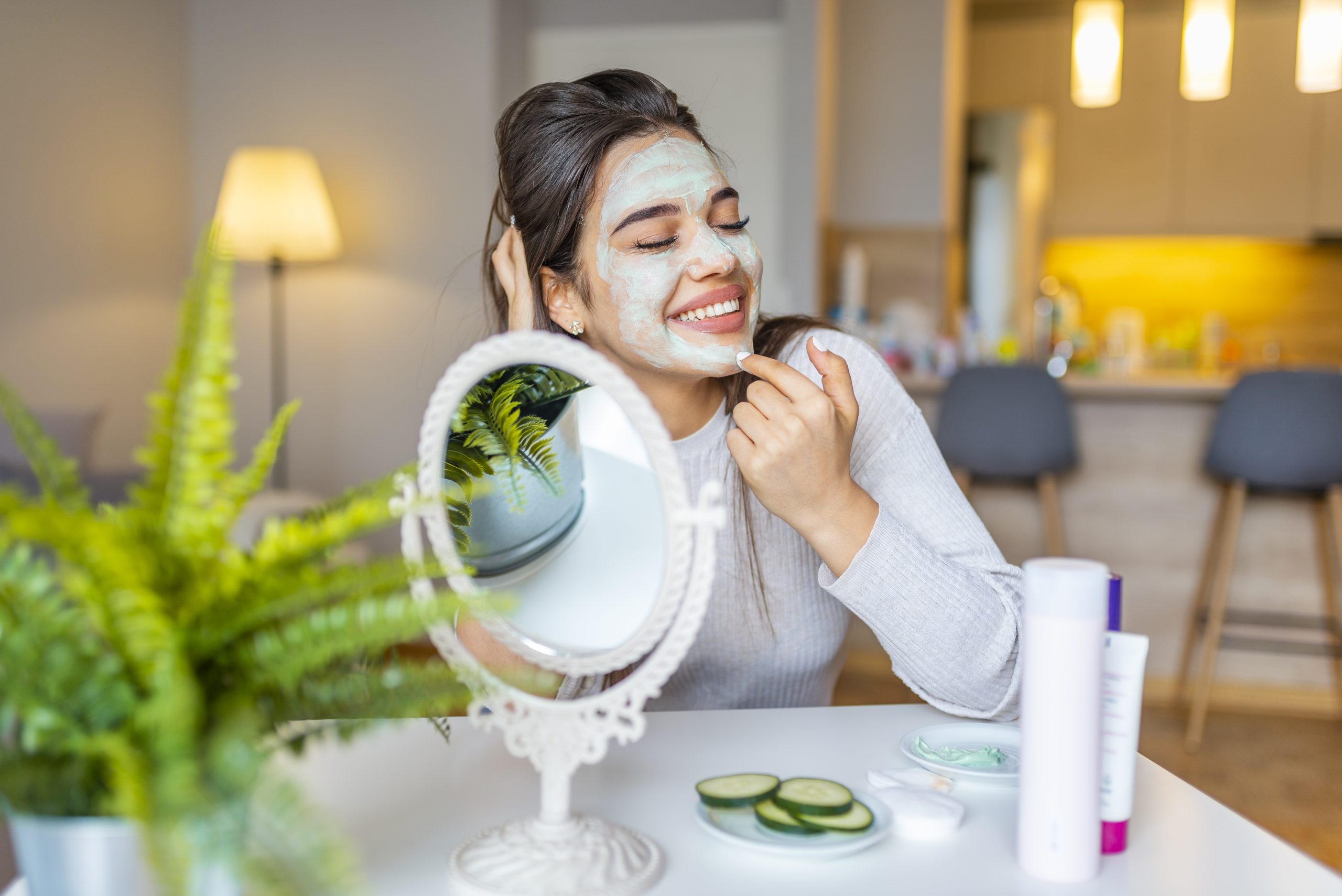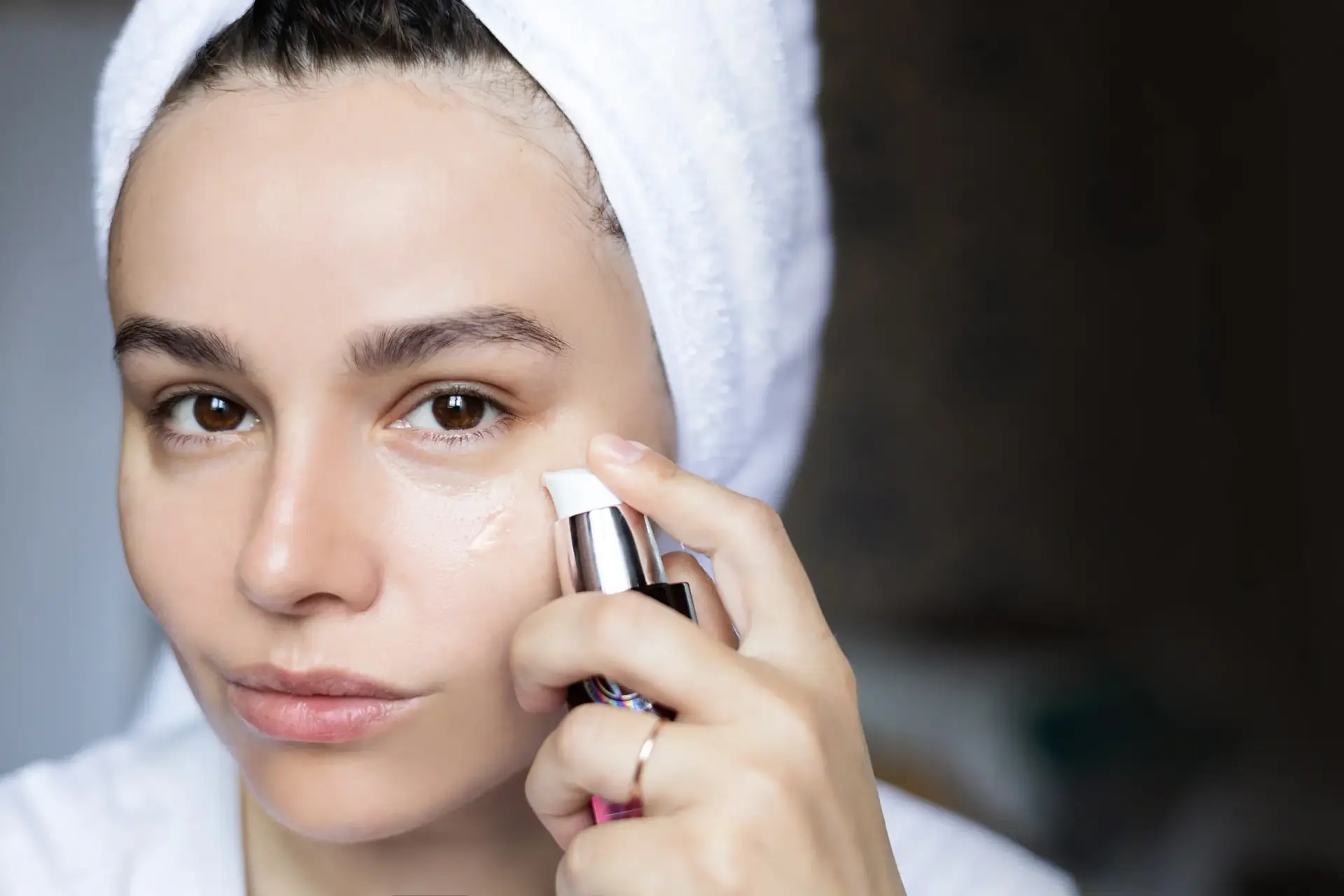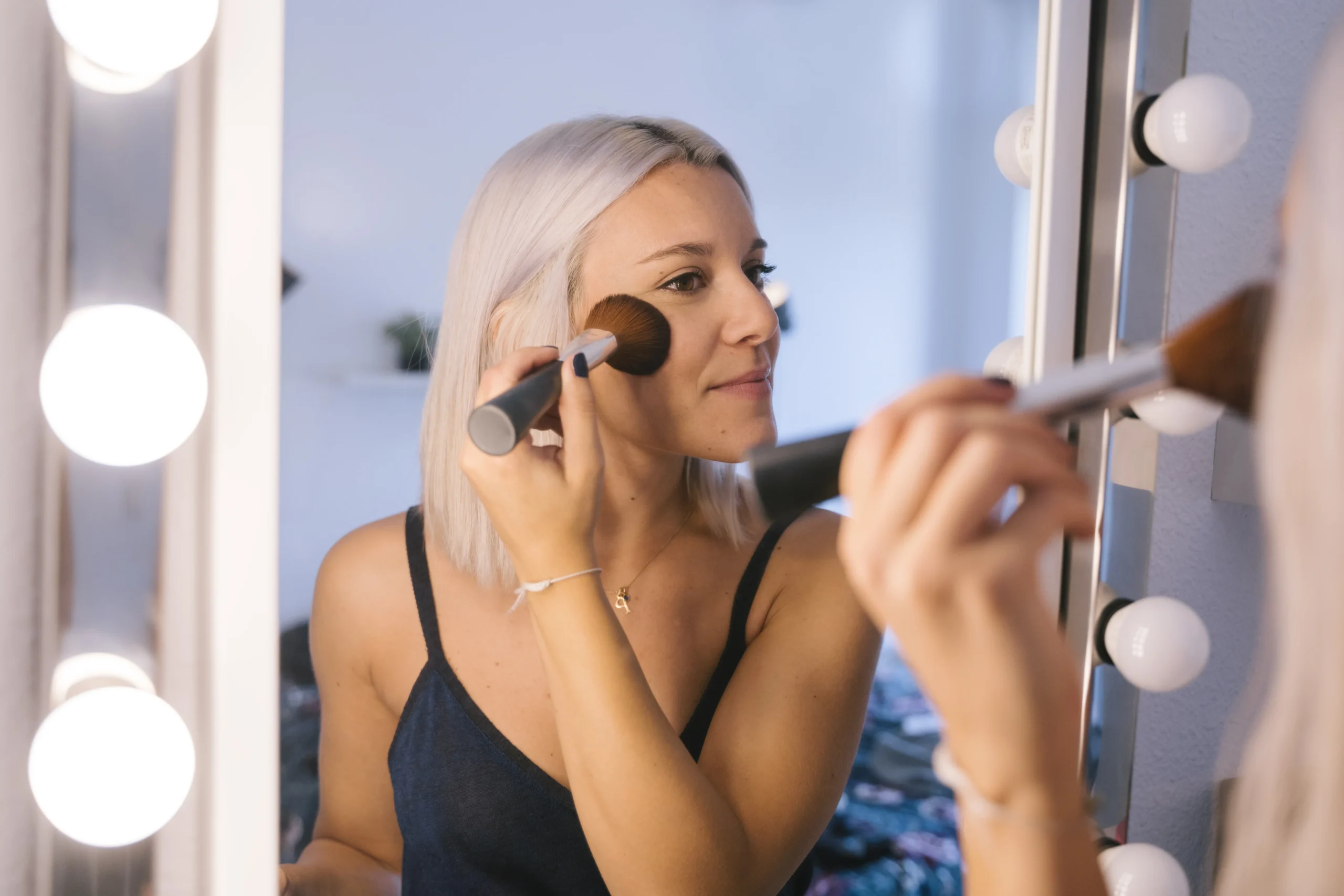Why A Skin Care Routine Including A Face Mask Is Important
A Skin Care Routine With Face Mask for Glowing Skin is not just a fashionable ritual; it is an essential part of modern skin care, empowering individuals to take care of their skin and helping to address specific skin concerns. This powerful routine combines daily care and deep treatments to reveal the most radiant version of your skin. From cleansing away dirt and pollution to delivering concentrated nourishment, adding a face mask to your routine is a proven strategy that bridges the gap between daily skincare and spa-like treatments. Face masks are designed to address specific issues, such as dryness, dullness, and aging, and they act as a deep therapy that revitalizes and transforms your skin from within.
Unlike a simple cleansing or moisturizing routine, a face mask enhances your routine by delivering active ingredients deep into the skin. It’s your secret weapon that clears away impurities, improves skin texture, and boosts hydration, resulting in visible and long-lasting benefits. With a mask, you’ll not only beautify your skin but also make it more resilient, radiant, smooth, and balanced in the long run. Whether you’re dealing with environmental stress or simply seeking a healthy glow, this dynamic skincare regimen offers a transformative experience, both physically and emotionally.
Benefits Of A Skin Care Routine: Face Masks
Deep Cleansing And Detoxification
Many people adopt a skincare routine that includes face masks because they deeply cleanse the skin. Clay or charcoal masks, in particular, penetrate deeper than regular cleansers. They draw out dirt, excess oil, pollution, and dead skin cells from the skin’s pores, which can cause acne, blackheads, and blemishes. This process leaves the skin feeling refreshed and lighter, enhancing the effectiveness of your other skincare products.
Hydration And Moisture Retention
Hydrating masks, such as gel or cream masks containing hyaluronic acid, aloe vera, or ceramides, provide deep moisture to the skin. They improve the skin’s softness, elasticity, and smoothness. Using these types of masks for dry skin can reduce skin’s roughness, tightness, and irritation.

Choosing The Right Face Mask According To Your Skin
For Oily And Acne-Prone Skin
Clay masks are ideal for oily and acne-prone skin. They absorb excess oil, reduce shine, and reduce acne by killing bacteria. Look for masks with bentonite clay, salicylic acid, or tea tree oil.
For Dry And Sensitive Skin
Cream masks with oatmeal, honey, and calendula are great. They strengthen the skin’s barrier, reduce redness and irritation, and don’t strip natural oils.
For Combination Skin
Multi-masking involves using different masks for different areas of the face. Apply a hydrating mask to dry areas and a purifying mask to the oily T-zone.
7-Step Skin Care Routine With Face Mask
Step 1: Gentle Cleansing
Start by removing makeup, oil, and dirt with a gentle, sulfate-free cleanser. This prepares the skin and enhances the mask’s effectiveness.
Step 2: Exfoliation To Smooth Skin Texture
Remove dead skin with a gentle scrub or chemical exfoliant 1-3 times a week, allowing the active ingredients in the mask to penetrate more effectively.
Step 3: Apply Face Mask
Select a mask based on your skin condition and apply it evenly to your face. Usually, leave it on for 10 to 20 minutes.
Step 4: Toning
After removing the mask, apply a toner to balance the skin’s pH and constrict pores. Alcohol-free toners, such as witch hazel or rose water, are best.
Step 5: Targeted Treatment
Now, apply your serum. Serums like vitamin C or niacinamide are best absorbed after a mask.
Step 6: Moisturizing
Use moisturizer to seal in all the nutrients. This helps keep the skin hydrated and retain the active ingredients.
Step 7: Sun Protection
Use a broad-spectrum sunscreen as part of your morning routine. This protects the skin from damage and hyperpigmentation.
When and How Often Should You Use a Face Mask?
The timing and frequency of using face masks in your skincare routine are critical. For most people, it is not necessary to use a mask every day, but regular and timely use is essential. Typically, you should use a mask two to three times a week, depending on your skin’s needs and the type of mask you are using.
For example, a clay mask can be used twice a week for oily or acne-prone skin, which helps control oil and reduce breakouts. A hydrating mask can be used more frequently for dry skin or after sun exposure, even every other day for dehydrated skin. Be sure to follow the instructions that come with the mask, as overuse can cause irritation or imbalances.
The best time in the evening is when the skin begins its natural repair process. The skin absorbs more nutrients at night, so using a face mask increases its effects. Performing this routine at night enhances the sense of self-care and mental relaxation, which is beneficial for your overall mental well-being.

Mistakes To Avoid In Your Skin Care Routine, Including Face Masks
Many things can go wrong if you don’t use a mask properly. The most common mistake is leaving the mask on for too long. Many people believe that the longer you wear the mask, the better the results will be, but this is not the case. Especially if you wear clay or exfoliating masks for too long, the skin can become dry or irritated.
Another mistake is applying the mask to unclean skin. This prevents the active ingredients in the mask from being absorbed, allowing dirt to become trapped under the skin and potentially cause acne. Cleanse your skin thoroughly before using the mask.
It’s also a big mistake to use the wrong mask for your skin type. Applying a clay mask to dry or sensitive skin can cause redness or flaking, while a heavy mask to oily skin can clog pores. It’s also risky to use too many active ingredients at once. For example, using a retinol serum after a salicylic acid exfoliant can cause additional damage to the skin. Stick to a balanced routine that supports the skin’s barrier rather than overwhelming it.
Best Time For Skin Care Routine, Including A Face Mask
Both morning and evening have their benefits. It is beneficial to use a mask with vitamin C or caffeine in the morning, as it brightens the skin and gives the face a glow. It prepares the skin nicely for makeup or sunscreen.
Best to use deep treatment masks, such as hydrating, anti-aging, or detoxifying masks, in the evening, as the skin repairs itself during sleep. Using masks at this time of night allows nutrients to be better absorbed and the skin to rejuvenate.
Ultimately, the best time depends on your lifestyle and skin needs. If your skin is dry or red at the end of the day, a soothing mask in the evening can be very beneficial. If your skin looks tired or dull in the morning, a quick, invigorating mask is a great way to start the day.
Homemade Mask VS . Market Mask: Which Is Better?
This debate is common among skincare enthusiasts. Homemade masks are typically natural and affordable, often using ingredients such as honey, yogurt, oatmeal, turmeric, and avocado. They can be very soothing and nourishing when used correctly.
However, they do not have the right blend of ingredients and durability like the masks sold in the market. The masks sold in the market are scientifically formulated to address specific problems by crossing the skin barrier and are long-lasting.
Commercial masks are proven safe and reliable through careful monitoring and testing by dermatologists. If you want to make a mask at home, do a patch test first and avoid harsh ingredients like lemon juice or baking soda, which can disrupt the skin’s pH balance. For a professional-quality experience, using commercial masks is more reliable, especially if you’re serious about achieving results.

Creating A Weekly Plan: Skin Care Routine, Including Face Masks
A weekly plan makes your routine regular and effective. Below is a sample plan:
| Day | Routine | Face Mask Types |
| Monday | Deep Cleansing | Clay or charcoal mask |
| Tuesday | Hydration | Hyaluronic acid gel mask |
| Wednesday | Rest & Repair | No mask, just serum and moisturizer |
| Thursday | Brightness | Vitamin C or enzyme mask |
| Friday | Rehydration | cream-based nourishing mask |
| Saturday | Pore Refining | Charcoal or exfoliating mask |
| Sunday | Skin Restoration | Soothing mask (aloe, green tea) |
Adjust the schedule to your needs. If sensitivity occurs, skip mask days and apply light hydration. The key to Success is consistency, not overuse.
Real-life experience: How face masks changed my skin
When I first started a skincare routine that included face masks, my expectations were low. I had a combination of dry skin on my cheeks and an oily, acne-prone T-zone. My skin always looked a little dull, and no single product could provide a long-term solution.
After using the mask three times a week for three months, my skin began to show improvement. A soothing clay mask helped reduce acne, and a weekly hydrating mask improved skin texture. My skin became brighter, my pores looked smaller, and most importantly, my skin started to feel balanced. Dry patches no longer felt dry, and oily patches were under control.
This transformation wasn’t just limited to my skin. My confidence grew, and my skincare routine is the secret to this complete transformation. It improves everything.
Get Inspired With More Makeup and Beauty Content Here

Final Thoughts: Skin Care Routine With Face Mask
A regular and mindful face mask routine can enhance the complexion and overall health of your skin, regardless of your skin type or concerns. Face masks aren’t just for occasional use; when used correctly, they act as powerful tools that deeply nourish, balance, and treat the skin. If you have acne, dullness, dryness, or sensitivity, incorporating the right mask into your weekly routine can bring visible and lasting improvements.
The key to Success is choosing the right mask for your skin’s needs and using it at the proper intervals. Don’t underestimate the importance of preparation. Cleansing your skin thoroughly before applying a mask to increase the absorption and effectiveness of the ingredients. And following other skin care steps correctly is what maintains the benefits of the mask and protects the skin barrier.
A Well-planned face mask routine isn’t just an external treatment. It’s an act of self-care that nourishes both your skin and your face a few times a week, which means you’re taking care of your well-being and happiness. So whether you cleanse your pores with a detox mask or use a hydrating mask for dry skin, you’re not just taking care of your face. You’re investing in your health and happiness.
With consistency, patience, and the use of quality products, your face mask routine can become your mantra for radiant and healthy skin. Trust the process, enjoy the routine, and watch your skin glow.








